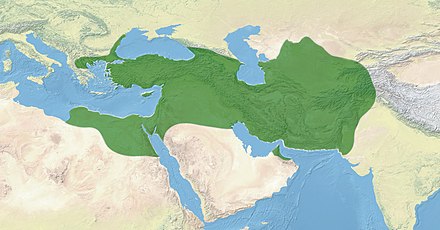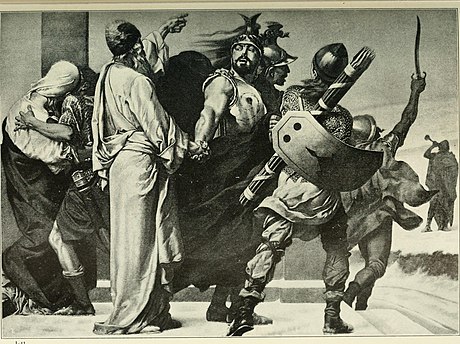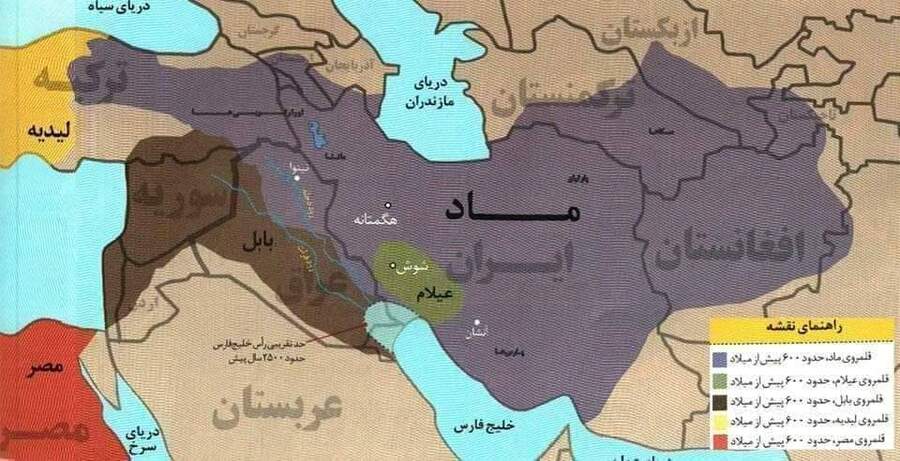"Medes" were an important part of the tribes known as Ari.
From the beginning of the first millennium BC, they migrated to the Zagros regions and after arriving in this area, they merged with the indigenous people of the region such as "Guti, Lulu, Khuri" and some other tribes adapting themselves with them.
Later, due to continuous military attacks of the Assyrians on the Kurdistan regions, these tribes were able to resist the attacks and form leadership because this tribe was very capable in terms of war techniques and cavalry.
According to the Greek historian, "Herodotus", a social figure known as Diyoks or "Diyako" appeared among the Medes and was able to unite the seven tribes and become king of the Medes kingdom.

Herodotus
Diyako joined "Rossay I", king of the Urartu, against the "Assyrians" and after a great war in 714 BC, Diyako was captured by "Sargoni II", the Assyrian king, for 16 years. After him, another person named "Firawertis" took control of the state and at the time of attacking Ninawa, the capital city of the Assyrians, he got killed by a tribe known as "Skisi".
After 25 years of being imprisoned by the Skisi, in 628 BC, someone named "Kay Akhsar" was able to liberate the Medes. After rebuilding his land, he attacked the Assyrians and was able to take over most of their territory; he also was able to unite with "Nabublasar", the king of Babylon, and together they took over Ninawa, Assyrian's capital city, just to remove this empire from the political map of the world forever.

After the regions of the Northern part of Kurdistan fell under Akhsar's control, he died in 585 BC, then one of his sons named "Astiyag" became king of the Medes after him. After a short time, Cyrus, king of the Achaemenid ended the reign of the last king of Medes.
After Alexander of Macedonia's invasion, Kurdistan became a part of the "Greek Saluk State" which is known as the "Hellenist" era until later when the Ashkans took control of Kurdistan and expanded their territory. Later, many kingdoms emerged in Kurdistan such as "Adyabin, Slukh, Kurdin and …". These kingdoms all had their own power and army and they only obeyed the Ashkanids for their foreign policies as well as paying them taxes annually. However, the "Usrowin" kingdom appeared in 242 BC which was an autonomous state and they ended the last king of the "Agbar" dynasty.

The border of Achaemenid's territory
In the year 224 AD, a new empire known as Sassanids emerged, and "Ardeshir" son of Babak took control of all the land under the Ashkanid's control after they were defeated, in a short while, he claimed the central authority and controlled all parts of the country, which means independence no longer existed.
After this stage, Kurdistan faced the most dangerous and major political, military, religious, and economic conflicts. Most of the wars were fought on the territory of Kurdistan such as Nussybin and Amad and some other fatal wars. In addition to wars, "destruction, starvation, siege, and displacement" also happened in Kurdistan.

All these factors made the Kurdish society remain underdeveloped being divided into several cultural restrictions due to language and religious distinctions of the Sassanids and the Romanis. This was the situation in which Kurdistan was dealing until the Muslim Arab's attack in 637 AD and later the Middle Ages began.
The introduction of the Medes' flag:
The Medes' flag is mentioned in the historical documents. According to the evidence their flag was white in the middle, with a red part at the top and a yellow part at the bottom. There was a sun and a lion in the middle of the flag, too.








